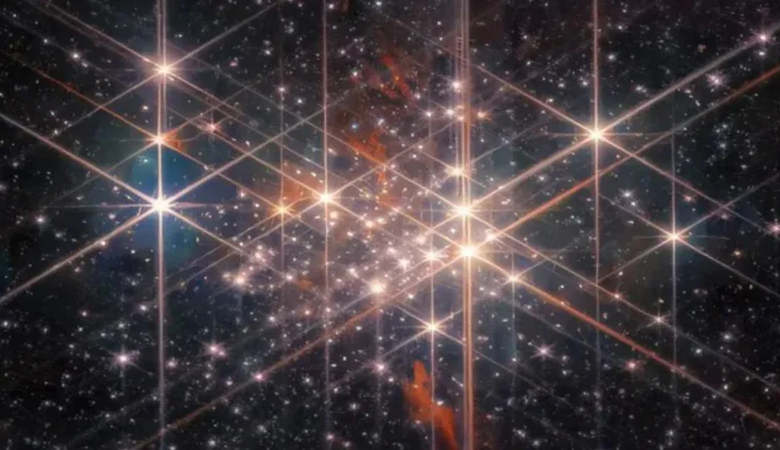James Webb Space Telescope Reveals Surprising Details of Westerlund 1 Star Cluster

News Mania Desk / Piyal Chatterjee / 30th November 2024
The James Webb Space Telescope (JWST) used sophisticated infrared imaging to acquire unparalleled features of the supermassive star cluster Westerlund 1, which is approximately 12,000 light-years away from Earth. The Extended Westerlund 1 and 2 Open Clusters Survey (EWOCS) results provide important insights into the cluster’s star composition and development processes. Westerlund 1 is the closest supermassive star cluster to Earth, spanning about 6.6 light-years and having a mass comparable to 63,000 suns. It contains hundreds of massive stars in a compact arrangement.
According to Mario Giuseppe, team head at the Palermo Astronomical Observatory, observations were expanded to discover brown dwarfs, which are stars at the low end of the mass spectrum. Giuseppe allegedly discussed the possibility of studying the cluster’s mass distribution and star formation methods. This work is intended to improve our understanding of starburst settings and their impact on planetary evolution.
JWST’s equipment, the Mid-Infrared Instrument (MIRI) and the Near-Infrared Camera (NIRCam), enabled deep imaging, revealing detailed gas and dust formations around Westerlund 1. This material, believed to be the consequence of huge stars’ final developmental stages, calls into question previous ideas that nascent clusters expel such relics within a million years.
According to multiple accounts, EWOCS supplemented the JWST findings with data from other observatories such as the Hubble Space Telescope, ALMA, and NASA’s Chandra X-ray Space Telescope. In the coming years, researchers expect to investigate Westerlund 1’s intracluster material as well as high-energy phenomena such as binary systems and evolved stars.
The study, which also examines the somewhat younger Westerlund 2 cluster, is likely to give light on star and planet formation in harsh environments. These findings were published in Astronomy & Astrophysics and made accessible as a preprint on arXiv.






